The continuous discovery of fake coffee in Gia Lai has made people worried and legitimate businesses indignant. As the boundary between “real” and “fake” becomes fragile, the trust in coffee beans, an agricultural product that has long been the pride of the Central Highlands, is also facing a cruel crossroads.
Trust was betrayed
Recently, Gia Lai people have begun to worry about a series of cases of fake coffee being discovered. The morning cup of coffee, which is a familiar habit of the people of the mountain town, now makes many people wonder: "Is the coffee I am drinking real coffee?".
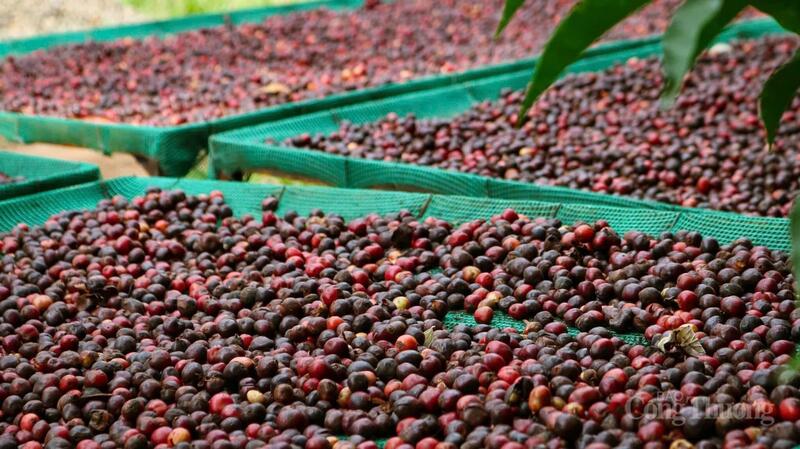
With 107,400 hectares of coffee, Gia Lai province is confident in producing high-quality coffee beans, capable of conquering the most demanding markets. Photo: Hien Mai
With 107,400 hectares of coffee, Gia Lai is one of the localities with large coffee production in the Central Highlands. This place produces high quality coffee beans, capable of conquering the most demanding markets.
Yet in just the past few months, this locality has continuously discovered establishments producing and trading fake coffee, adulterated coffee, and coffee with additives exceeding the permitted level. These are "stains" that directly hit the reputation that generations of farmers have built up over the past decades.

Fake coffee production facility under Thanh Khoi brand. Photo: Hien Mai
Most recently, on November 4, the Investigation Police Agency of Gia Lai Province Police prosecuted Vo Minh Tung, Director of Thanh Khoi Coffee Branch, and employee Nguyen Van Hanh for producing and trading in counterfeit food, foodstuffs, and food additives.
Previously, in June 2025, the Economic Police Department of Gia Lai Province Police discovered that the business household Duong Thi Hang had processed hundreds of kilograms of substandard Thinh Coffee branded ground coffee. Or in April 2025, Ho Ngoc Hai was caught red-handed producing fake Hong Hai coffee with a caffeine content of only 0.34-0.68%, 70% lower than the national standard.
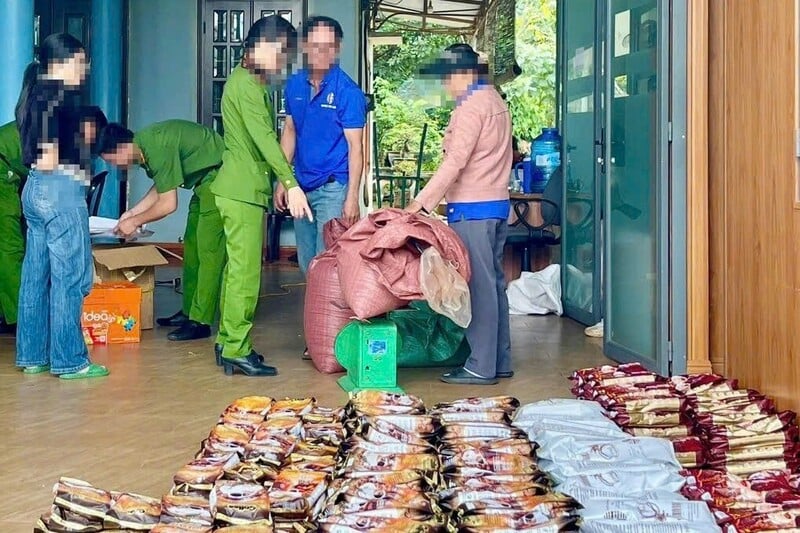
Authorities seized a large quantity of counterfeit coffee. Photo: CACC
These cases are not just a matter of law violations. They expose a painful paradox: right in the land considered the symbol of real coffee, there are “black spots” of deception.
Businesses do the real thing and suffer losses.
While thousands of farmers, cooperatives, and businesses in Gia Lai are diligently investing in clean, organic, Rainforest Alliance, 4C standards, etc. to aim for sustainable exports, a few dishonest businessmen only rely on mixing impurities, labeling it "Gia Lai coffee" and then selling it everywhere.
Mr. Thai Nhu Hiep - Director of Vinh Hiep Company Limited (An Phu Ward, Gia Lai Province) - Vice President of Vietnam Coffee and Cocoa Association commented: "Gia Lai coffee has great potential, especially for export to the European market according to EUDR standards. But just a few negative incidents will easily affect coffee brands. It is time to apply mandatory traceability, tighten quality management and strictly handle violations."

An additive to mix with coffee of unknown origin, black in color, thick. Photo: CACC
From a business perspective, Mr. Nguyen Hai Phong, General Director of Tropico Tay Nguyen Coffee Company Limited, shared his frustration: “Fake coffee causes heavy damage to legitimate businesses. When a case is exposed, consumers doubt everything, causing reputable businesses to take a long time to restore trust. What we hope most is that the authorities handle it seriously and publicize the results, so that genuine people are not affected."
In reality, losing trust is more frightening than losing revenue. Once consumers no longer believe in the quality of Vietnamese coffee, all efforts to build a brand, invest in clean raw material areas or international standards become meaningless.
According to Mr. Dinh Van Ha, Deputy Head of the Gia Lai Province Market Management Department, in fact, coffee is an item that is easily counterfeited because of its low cost, high profit, and difficulty in detecting with the naked eye. Just adding cereal powder, flavoring, caramel, or a little bit of color and scent chemicals, it is difficult for buyers to recognize real coffee.
"Coffee management is still facing many difficulties. Since the beginning of the year, the unit has detected and handled many violations in the coffee sector. However, quality inspection requires sending samples for appraisal, which takes a lot of time. Meanwhile, consumers rarely report, so it is difficult to have a basis for timely handling. With complicated and serious cases, we always coordinate with the police force to investigate and handle them thoroughly," Mr. Ha shared.
The story of real and fake coffee mixed together is not only a health concern, but also a warning. A mixed coffee bean, a fake cup of coffee can cost the efforts and reputation of many honest farmers and businesses.
To protect the Gia Lai coffee brand in particular and Vietnamese coffee in general, the whole community, from producers, businesses to consumers, needs to join hands. Only when every step is transparent, when each cup of coffee served is the crystallization of real labor, real quality, then the "Gia Lai flavor" can truly be preserved and spread far and wide.
Gia Lai has about 106,400 hectares of coffee, concentrated in the western communes of the province, with a coffee bean output of about 312 thousand tons/year. Each year, Gia Lai exports an average of 240 thousand tons of green coffee beans, accounting for nearly 77% of output; the remaining (23%) is processed locally, with nearly 100 production and processing facilities, with a total capacity of about 12,000 tons/year.
Source: https://congthuong.vn/thay-gi-tu-viec-san-xuat-hang-gia-giua-thu-phu-ca-phe-that-428983.html


![[Photo] Opening of the 14th Conference of the 13th Party Central Committee](https://vphoto.vietnam.vn/thumb/1200x675/vietnam/resource/IMAGE/2025/11/05/1762310995216_a5-bnd-5742-5255-jpg.webp)








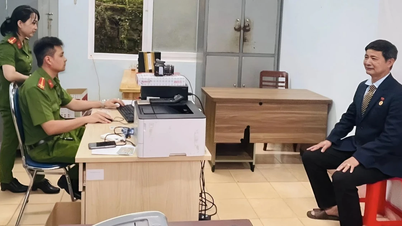
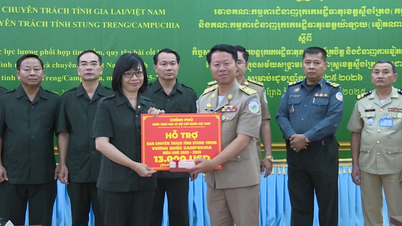
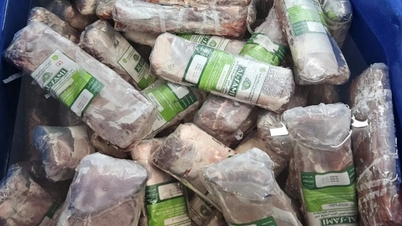

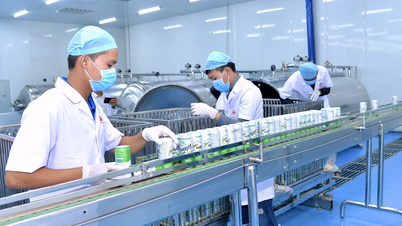






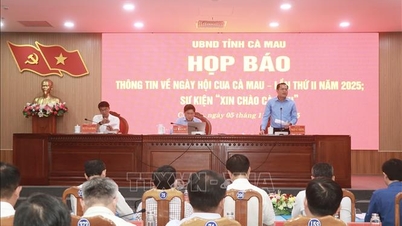













![[Photo] Panorama of the Patriotic Emulation Congress of Nhan Dan Newspaper for the period 2025-2030](https://vphoto.vietnam.vn/thumb/1200x675/vietnam/resource/IMAGE/2025/11/04/1762252775462_ndo_br_dhthiduayeuncbaond-6125-jpg.webp)



































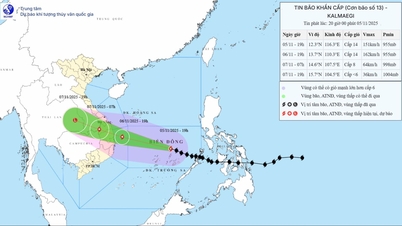

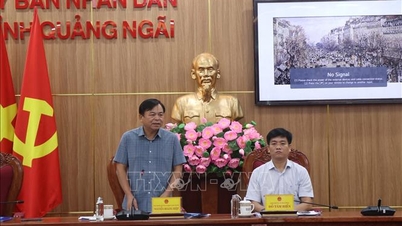
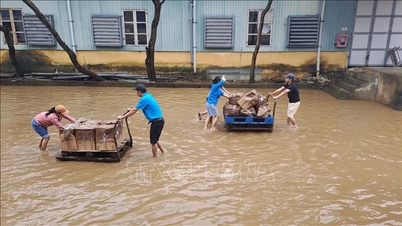


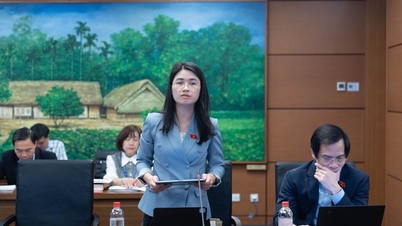


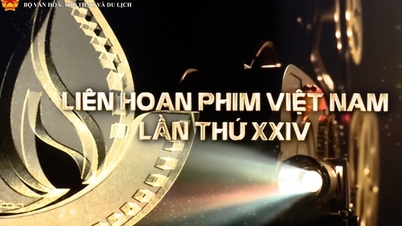

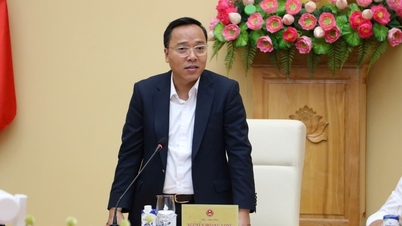


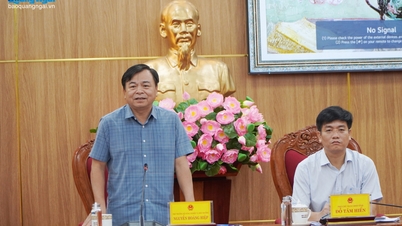


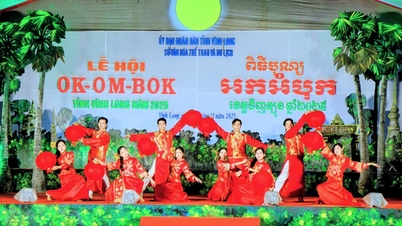















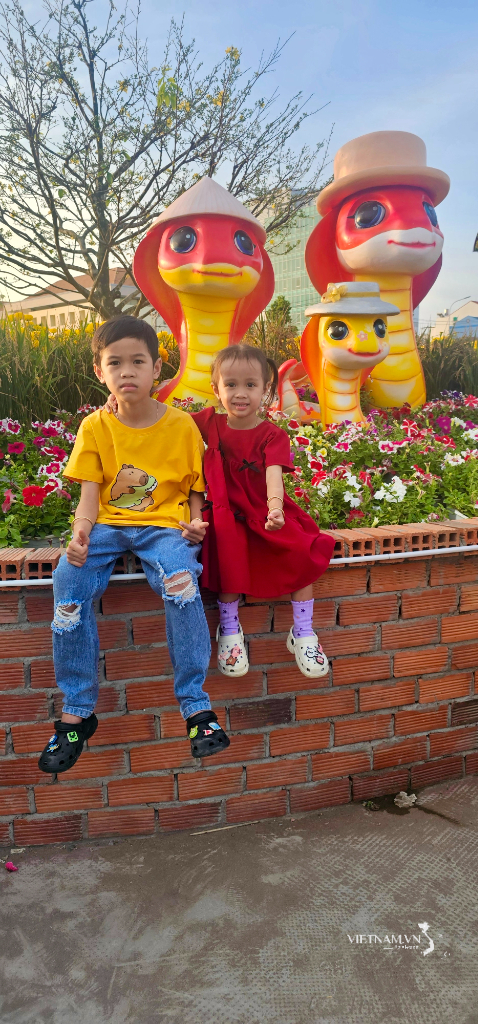


Comment (0)